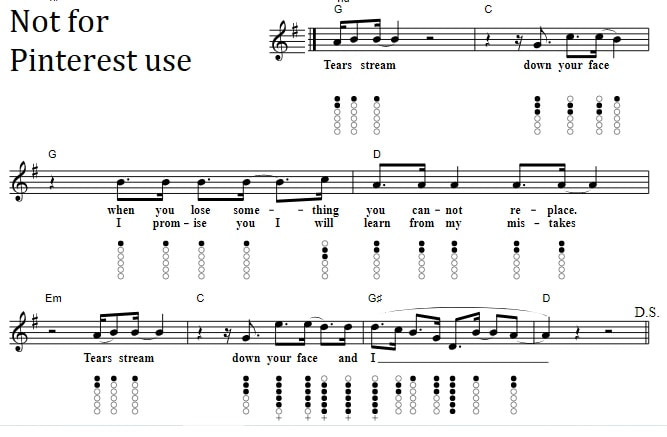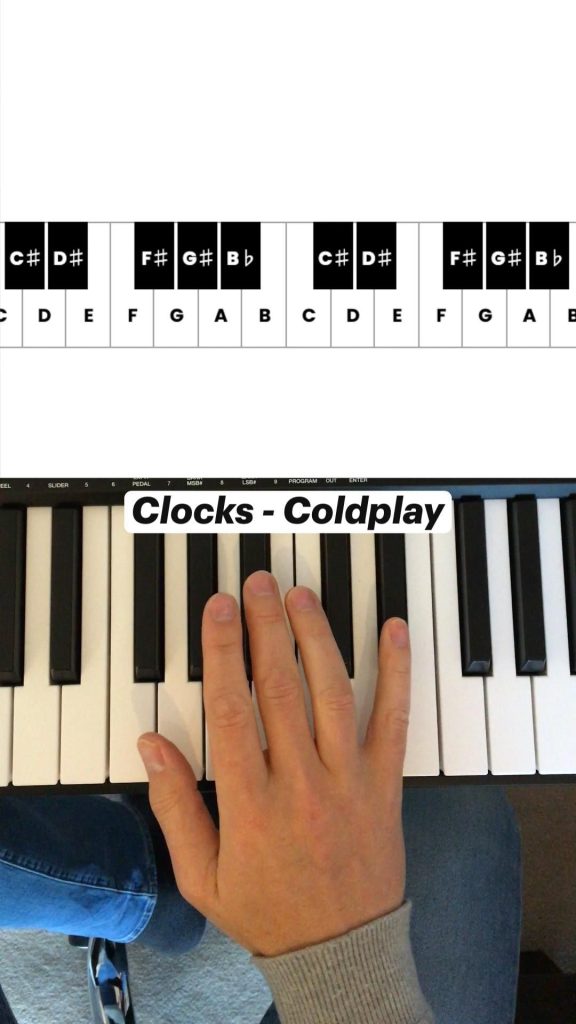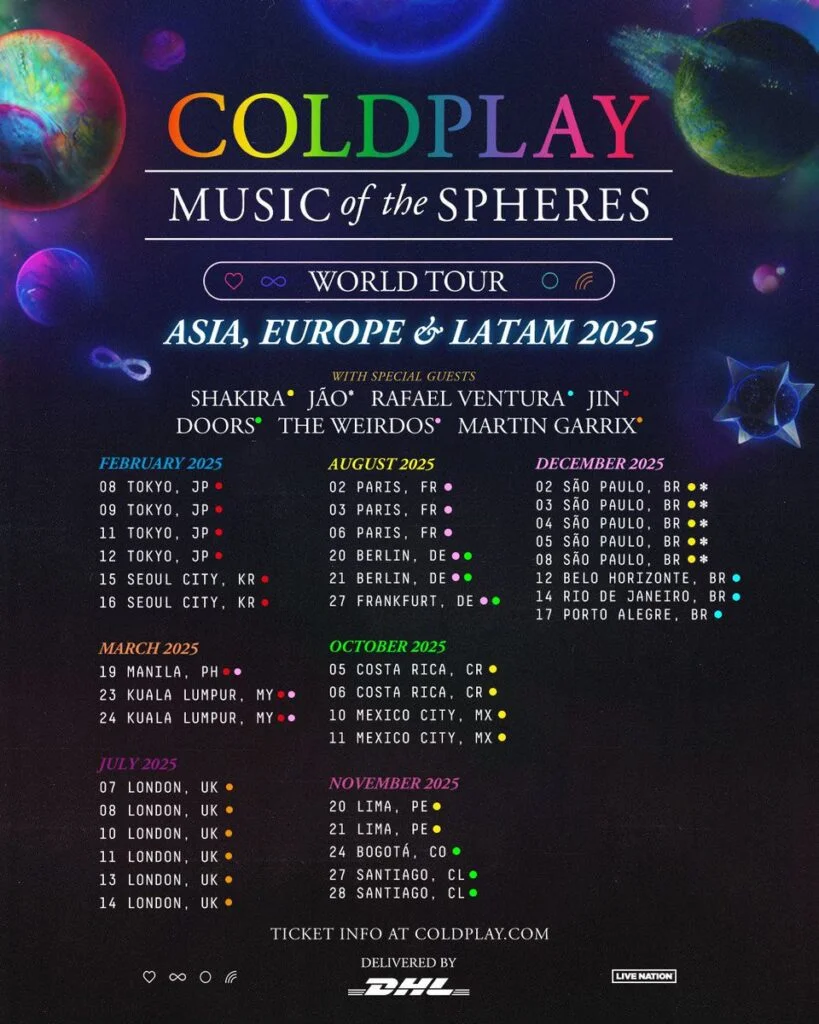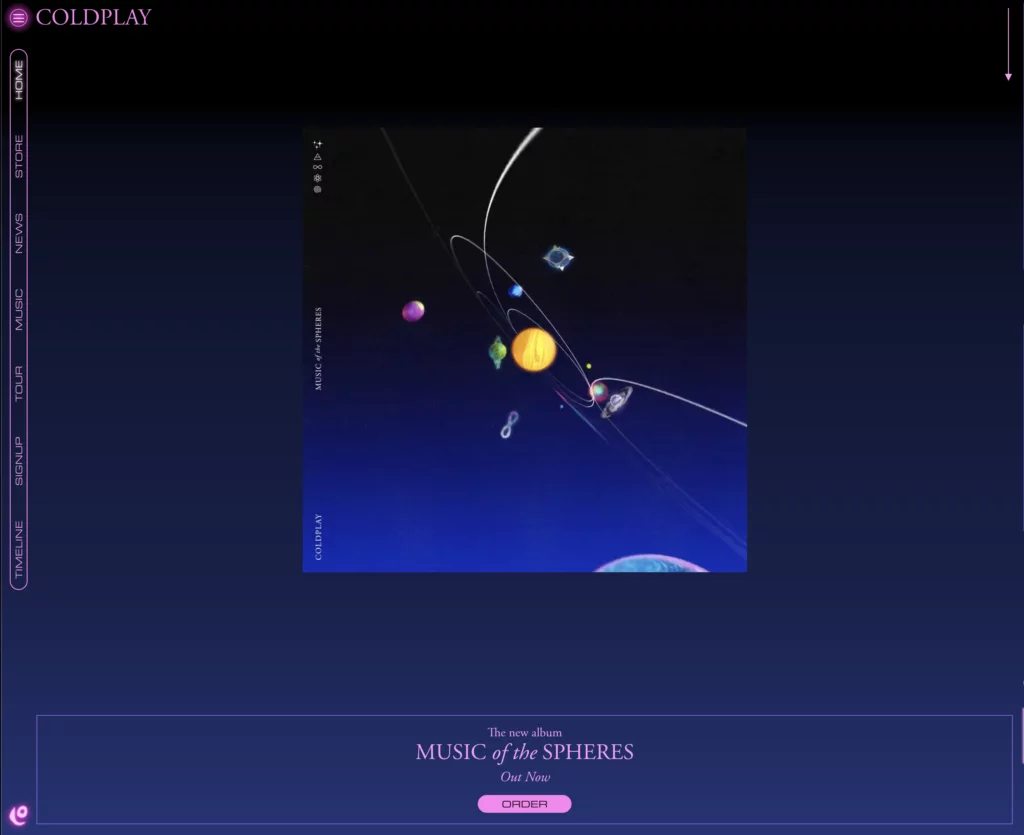Are you a Coldplay fan looking to master the iconic piano piece “Clocks”? Look no further! This comprehensive guide will delve into the world of playing “Clocks” by Coldplay on the piano. This timeless melody is a fan favorite and a classic in modern music. Whether you’re a beginner eager to learn or an experienced player wanting to refine your skills, this step-by-step tutorial will help you navigate this beloved song’s enchanting chords and captivating rhythm. Join us on this musical journey as we uncover the secrets to mastering “Clocks” and elevate your piano playing to new heights!

Introduction to Mastering “Clocks” by Coldplay
If you are a fan of Coldplay and eager to learn how to play one of their most popular songs on the piano, mastering “Clocks” is an exciting musical journey. Released in 2002, “Clocks” has captivated listeners worldwide with its mesmerizing melody and unforgettable piano riff.
Understanding the Melody and Rhythm
Before playing “Clocks” on the piano, it’s essential to grasp the song’s unique melody and rhythmic patterns. The distinctive piano intro, characterized by its syncopated rhythm and arpeggiated chords, sets the tone for the entire piece.
While Coldplay’s music often features intricate layers, “Clocks” balances simplicity and complexity, making it an excellent choice for pianists of varying skill levels to tackle.
Mastering the Chord Progressions
Mastering the chord progressions is key to truly capturing the essence of “Clocks. ” The song revolves around a repeating chord sequence that forms the backbone of its emotive sound.
Practice transitioning smoothly between the chords and pay attention to the dynamics as “Clocks” builds intensity throughout its duration, culminating in a powerful musical expression.

Understanding the Chords and Melody
When learning how to play “Clocks” by Coldplay on piano, the chords and melody are the most crucial elements to focus on. The chords provide the song’s harmonic foundation, while the melody carries the memorable tune that listeners will recognize instantly.
The Chords
To begin playing “Clocks,” familiarize yourself with the primary chords used in the song. The main chord progression revolves around C, F, Am, and G. Practice transitioning smoothly between these chords to capture the track’s distinctive sound.
The Melody
Once you grasp the chords well, work on mastering the iconic melody of “Clocks.” Pay close attention to the rhythm and articulation to replicate the song’s energetic and catchy feel. Practice playing the melody with expression and feeling to convey the emotion behind Coldplay’s music.
View this post on Instagram
Practicing Techniques for Piano Players
When learning to play “Clocks” by Coldplay on the piano, focusing on specific practicing techniques is crucial to mastering this iconic piece. To begin, break down the song into smaller sections to improve accuracy and fluency. Practice each section slowly and gradually increase the tempo as you gain more confidence. Utilize a metronome to maintain consistent timing and rhythm throughout.
Hand Independence Exercises
Developing hand independence is crucial for playing complex piano pieces like “Clocks.” Practice each hand separately to strengthen their individual abilities, then combine them gradually to synchronize movements. Try exercises like playing different rhythms with each hand or using fingering variations to enhance dexterity.
Vagilityions and Mental Practice
Visualizing yourself playing “Clocks” on the piano can improve your muscle memory and performance. Close your eyes and imagine each key press and hand movement. Additionally, engage in mental practice sessions where you mentally play through the song, focusing on the musical expression and dynamics required.
View this post on Instagram
Breaking Down the Song Structure
Understanding the song structure is crucial when learning to play “Clocks” by Coldplay on piano. This iconic piece follows a unique pattern that consists of distinct sections, each contributing to its overall appeal. Breaking down the song structure can help you master the piece more effectively.
The Intro
The song starts with a captivating intro that sets the tone for the entire piece. It features a memorable piano riff that instantly grabs the listener’s attention.
The Verse
The verse section in “Clocks” showcases Chris Martin’s iconic vocals, accompanied by the piano. The lyrical and rhythmic elements come together beautifully in this part of the song.
The Chorus
The chorus is the catchiest part of the song, featuring uplifting chords and a powerful melody. Playing this section with emotion and fluidity is critical to capturing the essence of “Clocks.”

Adding Your Personal Touch to the Performance
One key aspect of playing “Clocks” by Coldplay on the piano is the ability to add your personal touch to the performance. While it’s important to stay true to the song’s original melody and structure, injecting your own style and interpretation can make your performance truly unique and memorable.
Exploring Different Tempos
Experimenting with different tempos can completely change the mood of your performance. Try playing “Clocks” at a slower tempo for a more emotional and introspective feel, or speed it up for a more energetic and exhilarating rendition. Finding the right tempo that resonates with you can help you connect deeply with the music.
Adding Improvised Phrases
Adding improvised phrases and embellishments to the melody can showcase your creativity and musicality. Don’t be afraid to deviate slightly from the original sheet music and include your flourishes and ornaments. This can surprise and delight your audience, giving them a fresh perspective on the familiar tune.
Frequently Asked Questions
- Is ‘Clocks’ by Coldplay a difficult song to play on the piano?
- While ‘Clocks’ by Coldplay may seem challenging at first due to its intricate piano riff, with practice and dedication, pianists of varying levels can master it.
- Are there any specific techniques or tips for mastering ‘Clocks’ on the piano?
- Some tips for mastering ‘Clocks’ on the piano include breaking down the song into smaller sections, practicing hand coordination, and focusing on the dynamics and emotion of the piece.
- Is it important to understand music theory to play ‘Clocks’ by Coldplay on the piano?
- While a basic understanding of music theory can be helpful, it is not essential to playing ‘Clocks’ on the piano. Practice and a good ear for music can also be beneficial.
- Can beginners attempt to learn ‘Clocks’ by Coldplay on the piano?
- Beginners can certainly attempt to learn ‘Clocks’ by Coldplay on the piano. Starting with simplified versions or tutorials can help beginners gradually build their skills and work towards mastering the song.
- Are any resources available to help learn ‘Clocks’ by Coldplay on the piano?
- Yes, online tutorials, sheet music, and instructional videos can assist with learning ‘Clocks’ by Coldplay on the piano. These resources can guide playing the song accurately and capturing its unique sound.
Conclusion
In summary, mastering “Clocks” by Coldplay on the piano is an exhilarating and rewarding experience that requires dedication, practice, and attention to detail. By breaking down the piece into manageable sections, focusing on rhythm and dynamics, and incorporating your unique interpretation, you can truly bring this iconic song to life through your fingertips.
Remember, patience is key. Progress may be gradual, but persistence will ultimately lead to mastery. So, keep practicing, stay inspired, and let the beauty of “Clocks” resonate through your music. Embrace the challenge, enjoy the process, and immerse yourself in the joy of playing this timeless piece.






